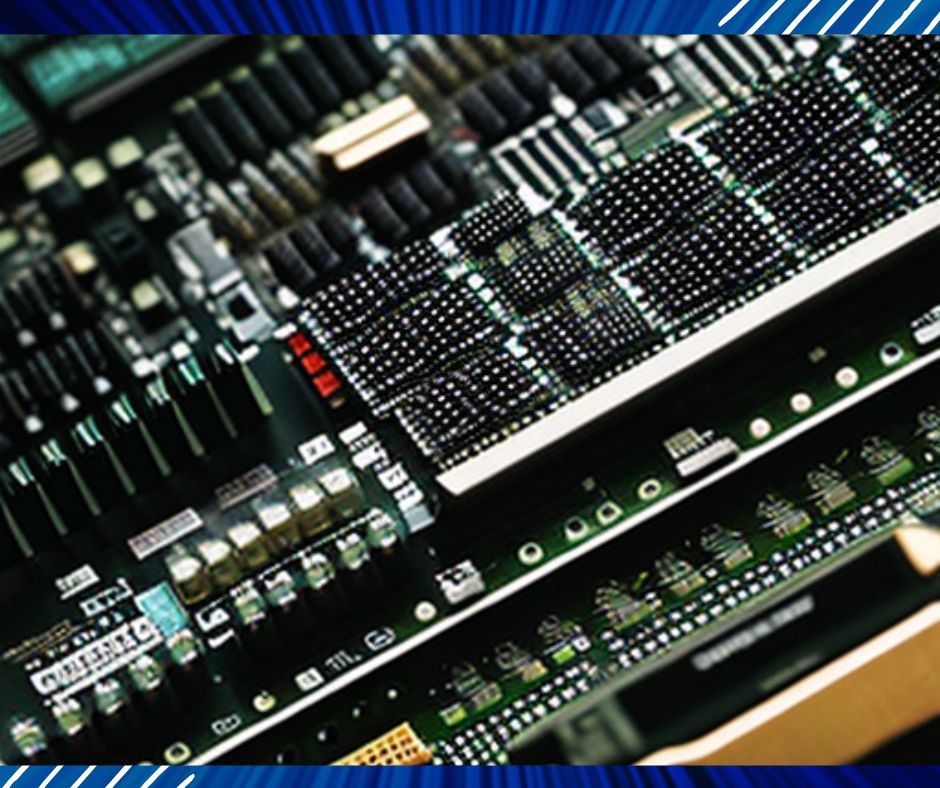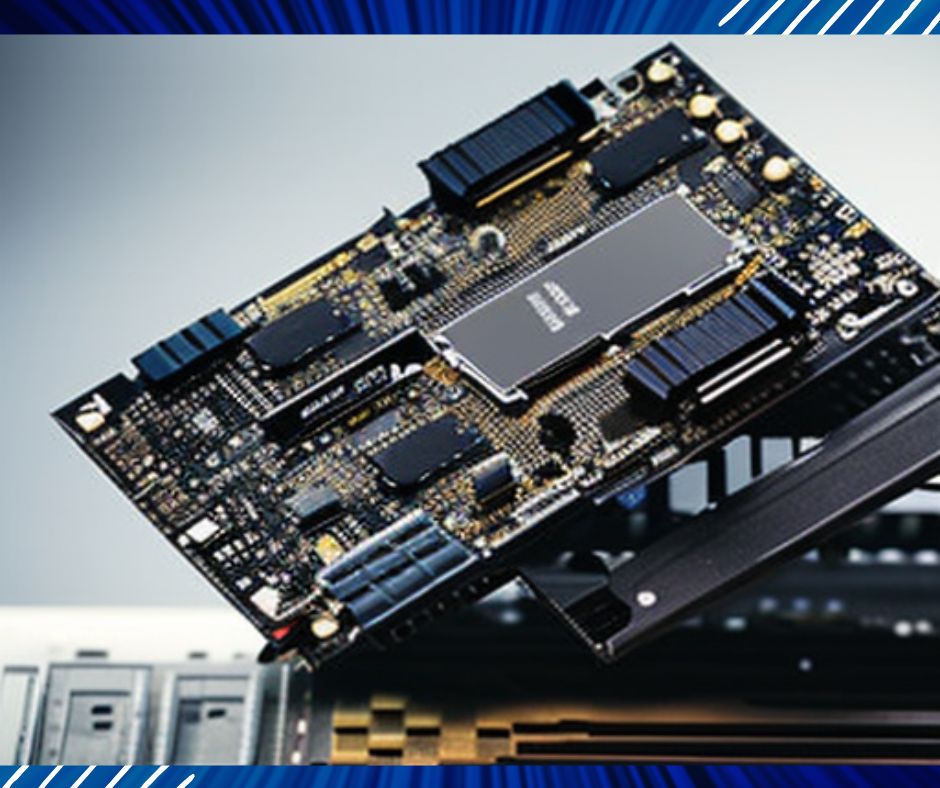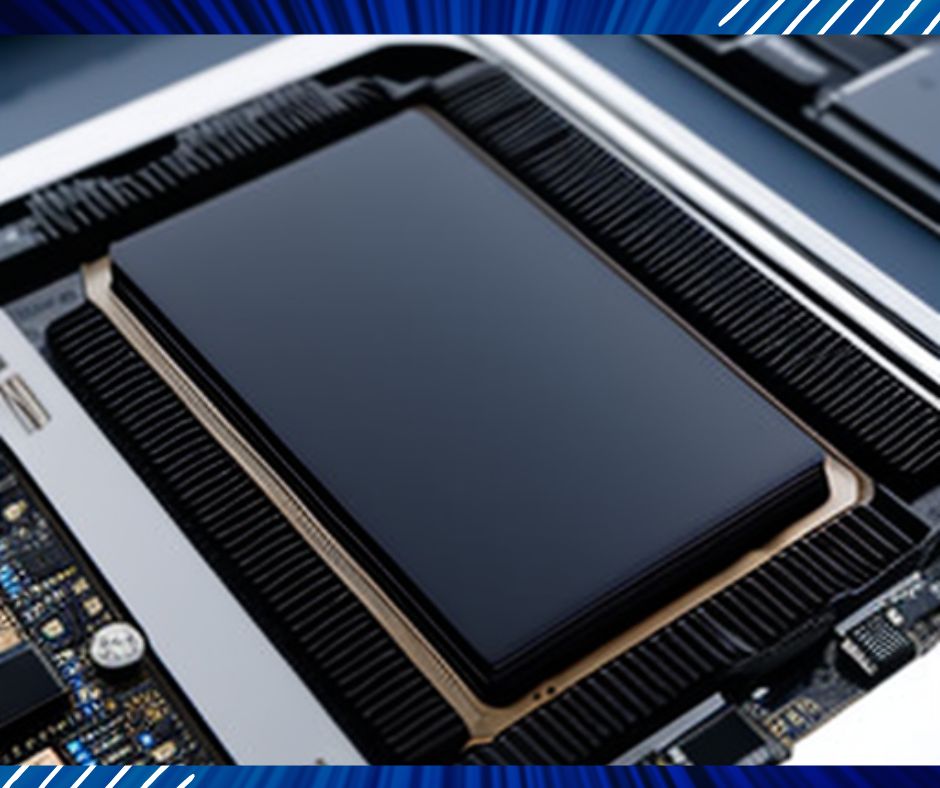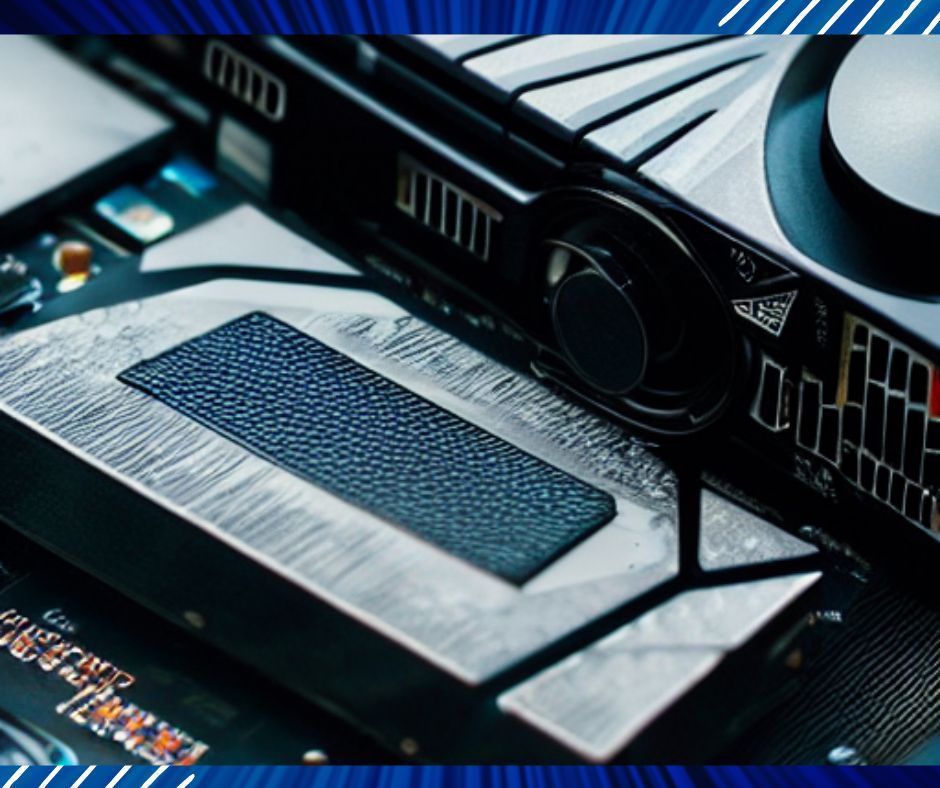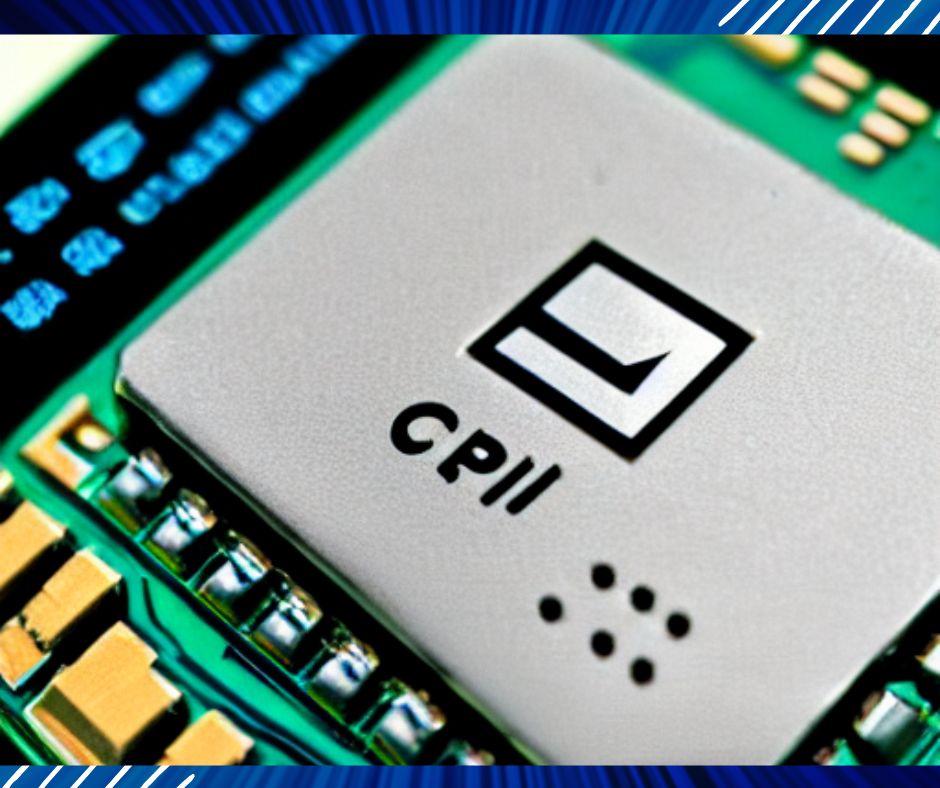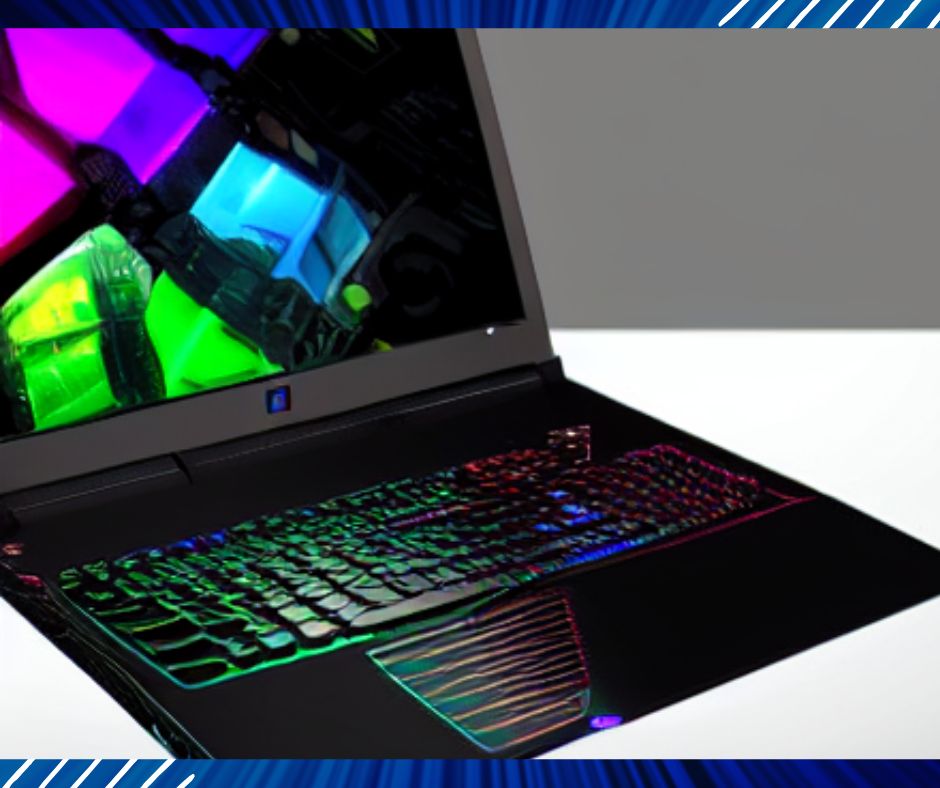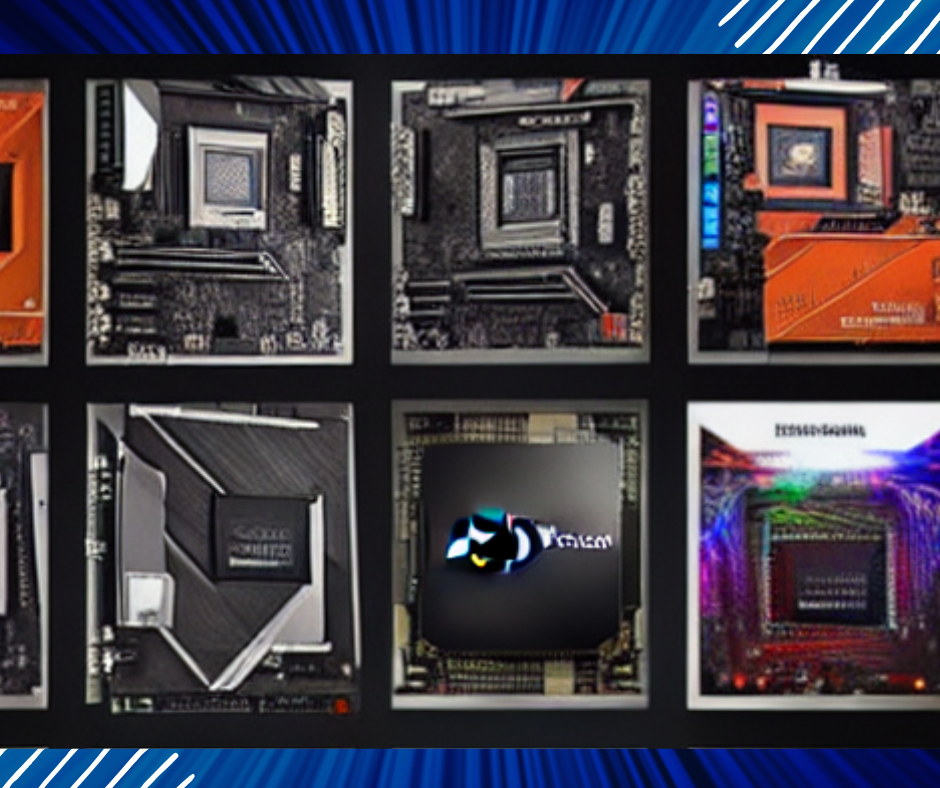
The orange light on a motherboard can have different meanings depending on the specific motherboard and the context in which it is appearing. Here are a few possibilities:
BIOS Error: The BIOS (Basic Input/Output System) is the first software that runs when you turn on your computer. It’s responsible for booting up the system and checking for any hardware or software issues. If you see an orange light flashing on your motherboard, it could be a sign that there’s an error in the BIOS. This could be caused by a corrupted BIOS file, a hardware problem, or an issue with the system’s power supply.
Power indicator: Some motherboards have an orange light that indicates that the motherboard is receiving power. This can be useful for troubleshooting if you are having issues getting your computer to turn on.
Overheating indicator: Some motherboards have an orange light that is designed to alert you if the computer is overheating. If the light is on, it may indicate that the computer’s internal temperature is too high and that you should take steps to cool it down.
Hardware failure indicator: In some cases, an orange light on the motherboard can indicate that there is a hardware failure of some kind. This could be a problem with the motherboard itself, or it could be a problem with another component in the system.
It is important to consult the documentation that came with your motherboard to determine the specific meaning of the orange light in your particular system. If you are unsure or experiencing problems, it is always a good idea to consult a qualified computer technician for assistance.
- Why Is the Orange Light Blinking On the Motherboard?
- How to Fix the Blinking Orange Light On the Motherboard?
- Why Is There a Static Orange Light On the Motherboard?
- How to Fix the Static Orange Light On the Motherboard?
- Orange Light On ASUS Motherboard
- Frequently Asked Questions
- Should I avoid buying an Asus motherboard in light of the recent security issue?
- How to fix Gigabyte B365m DS3H Orange Light?
- What does the dram light mean on my motherboard?
- Why does my PC boot up then shut down leaving the power button on but no motherboard lights?
- Would motherboard issues make my PC constantly blue screen and get stuck on the boot menu?
- Is it possible to access the data from drives when a laptop or PC is not working due to motherboard issues?
- How can I retrieve my data from a laptop if the motherboard failed?
Why Is the Orange Light Blinking On the Motherboard?
If you’ve ever noticed an orange light blinking on your motherboard, you may have been wondering what it means. This orange light, also known as the “standby” or “auxiliary” light, is usually located near the power button on the front panel of your computer. It indicates that your computer is in a low-power state, and it’s designed to let you know that it’s still receiving power even when it’s turned off.
There are a few different reasons why the orange light might be blinking on your motherboard. One of the most common reasons is that your computer is in standby mode. When you put your computer into standby mode, it enters a low-power state where it’s still receiving power, but it’s not fully turned on. This can be useful if you need to quickly access your computer, as it allows you to turn it on much faster than if you had to boot it up from a completely powered-down state.
Another reason the orange light might be blinking is if your computer is experiencing a hardware issue. For example, if your computer’s hard drive is failing or there’s a problem with one of the components on your motherboard, the orange light may start flashing. In this case, it’s important to try and identify the issue and fix it as soon as possible to prevent any further damage to your computer.
Related Article: Best Motherboards for AMD Ryzen 7 5700X
How to Fix the Blinking Orange Light On the Motherboard?
The blinking orange light on a motherboard can indicate a variety of issues, ranging from a simple boot error to a hardware malfunction. Here are some steps you can take to try and fix the problem:
Check the motherboard manual for diagnostic information:
Many motherboard manuals include information on how to diagnose and troubleshoot problems based on the color and pattern of the diagnostic lights. Consult the manual for your specific motherboard to see if it provides any guidance on the orange light.
Check the RAM:
Make sure all of the RAM modules are properly seated in their slots and that they are compatible with your motherboard. If the RAM is not properly seated or is not compatible, it could cause the orange light to blink.
Check the CPU:
Ensure that the CPU is properly seated in its socket and that it is compatible with your motherboard. If the CPU is not seated properly or is not compatible, it could cause the orange light to blink.
Check the power supply:
Make sure the power supply is properly plugged into the wall outlet and the motherboard. Also, check the power supply’s switch (if it has one) to ensure it is turned on. If the power supply is faulty, it could be causing the orange light to blink.
Check for loose connections:
It’s possible that the orange light is simply the result of a loose connection somewhere in your system. Make sure all cables and connections are securely plugged in, including the power cord, data cables, and any auxiliary connections such as USB or Ethernet.
Check for faulty hardware:
If you’ve checked all the connections and the orange light persists, it’s possible that a hardware component is malfunctioning. Try removing and re-inserting each component (e.g., RAM, graphics card) one by one to see if the problem is resolved. If the orange light goes away after removing a particular component, that component may be the cause of the issue.
Reset the BIOS:
If you’ve tried the above steps and the orange light persists, you may need to reset the BIOS (Basic Input/Output System). To do this, you’ll need to locate the BIOS reset jumper on your motherboard and move it from the “normal” position to the “reset” position. Consult your motherboard manual for specific instructions on how to do this. After resetting the BIOS, return the jumper to its normal position and try booting the system again.
Check for a BIOS update:
If the above steps haven’t helped, it’s possible that you may need to update the BIOS in order to fix the problem. Check the manufacturer’s website to see if there are any available BIOS updates for your motherboard. Be sure to follow the instructions carefully when updating the BIOS, as a failed update can cause serious problems.
Apply Thermal Paste to the CPU:
Applying the thermal paste to the CPU can help improve the heat transfer between the CPU and the heatsink, which can help keep the CPU cooler and improve the overall performance of your system. To apply thermal paste, you will need to remove the heatsink from the CPU and clean off any old thermal paste from the surface of the CPU and heatsink. Once the surfaces are clean and dry, you can apply a small amount of thermal paste to the center of the CPU and then reattach the heatsink. Be sure to follow the manufacturer’s instructions for applying thermal paste and reattaching the heatsink.
Seek professional help:
If you’ve tried all of the above steps and the orange light persists, it’s possible that you may need to seek professional help. A hardware technician may be able to identify the cause of the problem and recommend a solution.
Why Is There a Static Orange Light On the Motherboard?
It is not uncommon for a computer to display a static orange light on its motherboard, as this can indicate a problem with the system. However, the specific meaning of the orange light will depend on the make and model of the motherboard, as well as the specific component that is causing the issue.
The orange light may indicate that the motherboard or another component is overheating, which can be caused by a variety of factors such as dust or a malfunctioning cooling system.
In some cases, this may involve checking the power supply or replacing a faulty hardware component. In other cases, it may involve updating the BIOS or UEFI or cleaning the computer to improve cooling. It could also potentially be an issue with the motherboard itself or with the connection between the motherboard and the power supply.
How to Fix the Static Orange Light On the Motherboard?
There could be a variety of reasons why a computer’s power LED is orange instead of green or blue. Here are some steps you can try to troubleshoot the issue:
Unplug and re-plug all cables: This includes the power cord, any data cables (such as Ethernet or USB), and any other cables that may be connected to the computer. Make sure they are all securely plugged in.
Re-insert the RAM: If you have multiple sticks of RAM installed in your computer, try removing and re-inserting them to make sure they are seated properly.
Reconfigure the RAM sticks: If you have multiple sticks of RAM installed, try reconfiguring them in different slots to see if that resolves the issue.
Update the BIOS: The BIOS (Basic Input/Output System) is a program that controls the hardware of the computer. Sometimes updating the BIOS can resolve issues with the power LED. Check with the manufacturer of your motherboard to see if there are any BIOS updates available.
Reset the CMOS: The CMOS (Complementary Metal-Oxide Semiconductor) is a small battery-powered chip that stores system settings. Resetting the CMOS can sometimes resolve issues with the power LED. Consult your motherboard’s manual for instructions on how to do this.
Related Article: Best motherboards for Core i9-13900K
Orange Light On ASUS Motherboard
The orange light on an ASUS motherboard is generally an indication that the motherboard is receiving power and is functioning properly. It is a standard feature on many ASUS motherboards and is typically located near the power connector or near the processor. The light may be static and bright at all times, or it may be dim or off when the computer is turned off. If the orange light is flashing or behaving in a way that is not normal, it could be an indication that there is a problem with the motherboard or the power supply. In this case, it is recommended to check the connections and troubleshoot the issue further to determine the cause of the problem.
Frequently Asked Questions
Should I avoid buying an Asus motherboard in light of the recent security issue?
It’s always a good idea to stay informed about potential security issues that could affect your computer and to take appropriate measures to protect yourself. However, it’s important to note that not all motherboard brands are equally prone to security vulnerabilities, and it’s unlikely that you will be able to completely eliminate the risk of security issues by choosing one brand over another.
That being said, the recent security issue that you mentioned may have affected certain models of Asus motherboards, and it’s possible that other vulnerabilities could be discovered in the future. If you’re concerned about the security of your computer, it’s a good idea to keep your operating system and software up to date with the latest security patches, use a firewall and antivirus software, and be cautious about opening unfamiliar emails or downloading files from unknown sources. You may also want to consider purchasing a motherboard from a different manufacturer if you are particularly concerned about the security of your computer.
How to fix Gigabyte B365m DS3H Orange Light?
The orange light on a Gigabyte B365m DS3H motherboard typically indicates that there is a problem with the system’s power or with the motherboard itself. Here are some things you can try to troubleshoot the issue:
Check the 8-pin connector: Make sure that the 8-pin power connector is securely connected to the motherboard and that the cable is not damaged.
Check the power cables: Make sure that the power cables for the motherboard and other components are properly connected and not damaged.
Check the BIOS: Make sure that the BIOS is up to date. You can usually update the BIOS by downloading the latest version from the manufacturer’s website and following their instructions for installation.
Check for any loose connectors: Make sure that all connectors, including those for the RAM, hard drive, and graphics card, are securely connected to the motherboard.
If none of these steps resolve the issue, it is possible that there is a problem with the motherboard itself. In this case, you may need to have the motherboard repaired or replaced.
What does the dram light mean on my motherboard?
The DRAM (Dynamic Random-Access Memory) light on a motherboard is typically a diagnostic indicator that is used to troubleshoot issues with the system’s memory (DRAM). If the DRAM light is lit up, it could indicate that there is a problem with the system’s memory, such as a bad memory module or an issue with the memory controller on the motherboard.
If you are experiencing issues with your system and the DRAM light is lit, you may want to try troubleshooting the issue by checking the memory modules to ensure that they are properly installed and testing them with a memory diagnostic tool. You may also want to try clearing the system’s CMOS (Complementary Metal-Oxide Semiconductor) settings, as this can sometimes resolve issues with the system’s memory. If the problem persists, you may need to contact the motherboard manufacturer or a qualified technician for further assistance.
Why does my PC boot up then shut down leaving the power button on but no motherboard lights?
There are several possible reasons why your PC might be shutting down shortly after booting up. Some possible causes include:
Insufficient power: If your PC is shutting down shortly after starting up, it’s possible that the power supply is not providing enough power to the system. This could be caused by a faulty power supply unit (PSU) or by using a PSU that is not powerful enough for your system.
Overheating: If your PC is shutting down shortly after starting up, it’s possible that the system is overheating. This could be caused by a faulty cooling system or by dust and dirt build-up inside the case.
Hardware failure: If your PC is shutting down shortly after starting up, it’s possible that there is a hardware failure, such as a faulty motherboard, processor, or memory module.
Software issues: If your PC is shutting down shortly after starting up, it’s possible that there is a software issue, such as a problem with the operating system or a malware infection.
Would motherboard issues make my PC constantly blue screen and get stuck on the boot menu?
Yes, motherboard issues can cause your computer to constantly blue screen and get stuck on the boot menu. The motherboard is the main component that connects all the hardware in your computer, so if there is a problem with the motherboard, it can cause issues with other hardware and software components as well.
There are many potential causes of motherboard problems, including physical damage, corrosion, and component failure. Some common symptoms of motherboard issues include:
- Blue screen of death (BSOD) or other error messages during boot
- Frequent crashes or freezes
- Random reboots
- Inability to boot or boot to a black screen
- Hardware not functioning properly (e.g. USB ports not working, sound not working)
If you are experiencing these issues and suspect that the motherboard may be the cause, the best course of action is to seek professional repair or replacement. It is generally not recommended to attempt to fix a motherboard yourself unless you have specialized training and experience in repairing electronics.
Is it possible to access the data from drives when a laptop or PC is not working due to motherboard issues?
In some cases, it may be possible to access the data on your hard drives or other storage devices even if the motherboard of your laptop or PC is not working. Here are a few options you could try:
Connect the drive to another working computer: If you have a second working computer, you can try connecting the drive to it as a secondary drive and accessing the data directly from there. You can do this by using a USB to SATA adapter or by installing the drive in the second computer as a secondary drive.
Use a live CD or USB: If the motherboard of your computer is completely non-functional, you may be able to boot from a live CD or USB and access the data on the drive that way. Live CDs and USBs allow you to boot into a minimal operating system and access the data on your drives without installing anything on your computer.
Send the drive to a data recovery service: If the above options are not feasible, you may need to send the drive to a professional data recovery service. These services can often recover data from drives that have suffered physical damage or other issues, but they can be expensive.
It is important to note that in some cases, it may not be possible to recover the data from a drive if the drive itself is damaged or if the data has been lost due to formatting or other issues.
How can I retrieve my data from a laptop if the motherboard failed?
If the motherboard of your laptop has failed, it may not be possible to retrieve the data stored on the laptop’s hard drive directly. However, there are a few options you can try to recover the data:
Remove the hard drive and connect it to another working computer as a secondary drive. You should then be able to access the data on the hard drive and copy it to the other computer.
If the hard drive is not physically damaged, you may be able to connect it to a USB hard drive enclosure and access the data as an external drive.
If the hard drive is physically damaged or you are unable to access it in either of the above ways, you may need to seek the services of a data recovery specialist. These professionals have specialized equipment and software that can often retrieve data from damaged hard drives.
It is important to note that data recovery can be a complex and costly process, and there is no guarantee that all of the data can be recovered. It is always a good idea to regularly back up your data to prevent data loss in the event of hardware failure or other unforeseen circumstances.


